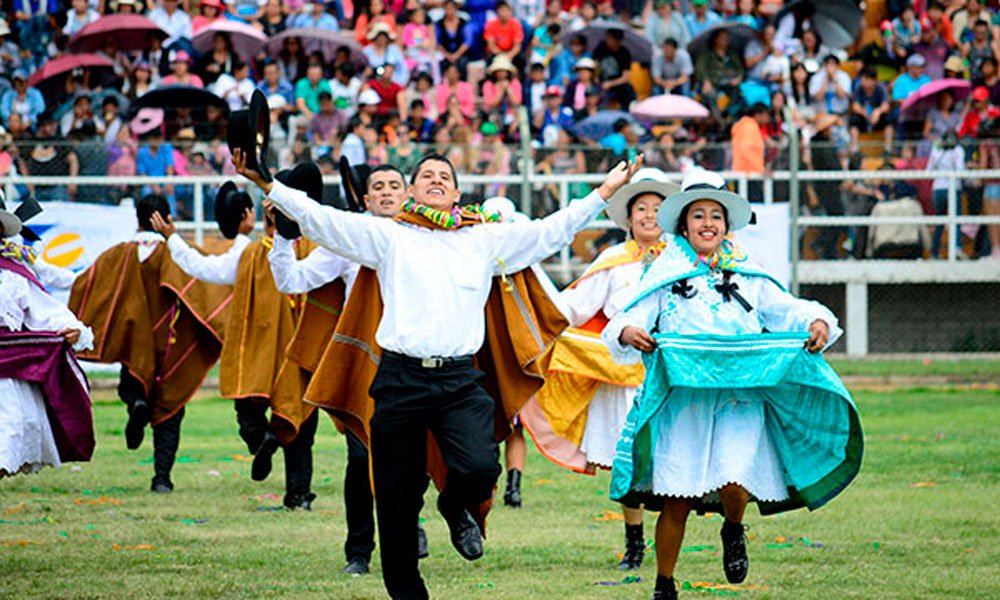Abanquino Apurimeño Carnival

Abanquino Apurimeño Carnival
The Abanquino Apurimeño Carnival is an important celebration held in the department of Apurímac. It is considered the “most joyful festival in Peru” and was declared a National Cultural Heritage site on March 11, 2011, in recognition of its great traditional significance and contribution to strengthening regional and national identity.
History
The celebration of the Abanquino Apurimeño Carnival dates back to the pre-Hispanic festivals of tribute and gratitude for the provision of water in the months of February and March, when seven streams that flowed from the Ampay snow-capped mountain into the Abancay Valley were worshipped. These rites were associated with the first products of the agricultural cycle and were offered in gratitude to Pachamama, or Mother Earth.
When does it take place?
This activity usually takes place between the months of February and March, preceding Ash Wednesday.
What activities take place?
Among the activities carried out during the Abanquino Carnival in Apurímac are the following:
- Carnival Queen Election
- Comparate Parade
- Food Competition (Timpus and Puchero Contest)
- Dance Competition
- Traditional Costume Festival
- Yunzas: These are characterized by the presence of different trees planted for these celebrations and decorated with streamers, balloons, and gifts.
What dish is eaten during Carnival?
During the celebration, people enjoy Timpu Abanquino. Timpu, or puchero, is a combination of soup and main course. This dish consists of a stew of ingredients such as lamb, chicken, and pork, as well as vegetables such as carrots, rice, corn, cabbage, sweet potatoes, yucca, potatoes, and fruits such as peaches and apples.
Clothing
During Carnival, both men and women dress in traditional costumes and dance to the beat of the tinyas (an Andean musical instrument similar to a drum).
Traditional men’s costume: A black or brown hat, a walnut-colored poncho, and black or brown shoes.
Traditional women’s costume: A white hat with a black ribbon around the crown, in honor of the death of Micaela Bastidas. A skirt, white blouse, and black shin-high boots.

